The Great Northern owned an unusual passenger car called the pendulum car. Manufactured by the Pacific Railway Equipment Company (which apparently existed solely to make pendulum cars), the car was suspended above its center of gravity so that, when going around a corner, the lower half of the car, rather than the upper half, tilted outward. This was supposed to make it more comfortable for passengers.
Since the 1950s, such tilting trains have become popular in Europe and Japan, especially for high-speed service. Yet the Wikipedia article on these trains fails to mention that three completely operational cars were built for U.S. railroads prior to World War II, and these cars worked for more than two decades before being scrapped.
In 1937, the manufacturer, working with aeronautical engineers William Van Dorn and Dr. F. C. Lindvall of California Institute of Technology, built a prototype car out of plywood in a Northrup Aviation hanger in California, and persuaded the Santa Fe Railway to let it test the car on its tracks. Based on these tests, the Santa Fe, Burlington, and Great Northern railways all agreed to buy one car. Originally promised for late 1940, the Santa Fe received its car in November, 1941, and the other two cars were delivered in January, 1942. The three cars were not identical: the Santa Fe’s had 56 seats; Burlington’s 60; and Great Northern’s 68.
Prototype car being tested on Santa Fe tracks in 1940. Click image to download a 2-page article from the May 20, 1940 Life magazine about the prototype pendulum car.
The Great Northern put its car to work on the Puget Sounders, the heavyweight trains that preceded the streamlined Internationals. After the Internationals began service, the pendulum car was used as an extra car on busy days or when one of the regular coaches were out of service. Reports indicate the car was also sometimes used in the Seattle-Portland pool trains and on the Seattle-Spokane Cascadian, a daylight train that used mostly heavyweight equipment.
Click image for a larger view. Close scrutiny of this photo shows that the pendulum coach in Empire Builder colors is behind the mail-baggage car, and is followed by four more cars, so it is supplementing the two coaches ordinarily included in the International.
People who rode the cars say they were not entirely successful. Modern tilt trains have a damper that keeps the cars from swinging too much; the 1941 pendulum cars did not, and the resulting rocking made some people feel seasick. Also, passengers universally disliked the tiny split windows, and the Great Northern eventually squared off the windows on its car.
Although painted silver to match its Zephyrs, the Burlington’s pendulum car was often run with heavyweight cars. Click image for a larger view.
The cars also required expert maintenance to keep the tilting mechanism “in tune,” and for this reason none of the three purchasers used the cars for long-distance service. The Santa Fe used its car on the San Diegans between Los Angeles and San Diego. The Burlington used its car on local trains, in later years hooking it up as a trailer behind a motorcar, whose modest speeds made the tilting feature irrelevant. Despite various problems, the cars all remained in service until about 1965.
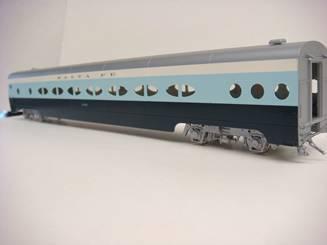
One intriguing question is: what color was the Great Northern car when it was delivered, as shown in the first photo above? The Santa Fe car was initially painted to match the Blue Goose, the railroad’s only streamlined steam locomotive, but was later painted silver to match stainless steel streamlined cars. The paint scheme on the above black-and-white photo of the Great Northern car seems to match the Santa Fe car (shown in a model above), but most reports claim the car was originally silver when it was delivered.
I’m not sure whether the Pacific Railway Equipment Company failed or if it survived the war doing something else. In any case, the tilting concept died in the United States but was taken up by Talgo in Spain in the 1950s and by Italian and Japanese companies in the 1970s. Today, Amtrak’s Acela (made by the Canadian firm Bombardier) and Cascade (made by the Spanish firm Talgo) trains are two examples of pendulum trains in regular service. United Aircraft’s 1968 turbo trains also used a tilting technology that was very successful, even if the turbine engines powering the train were not.
In retrospect, it may seem surprising that the Great Northern, which until 1950 bought almost all of its passenger equipment from Pullman, purchased the experimental pendulum coach. The answer to this is revealed in the Life magazine article that can be downloaded above: one of the investors in the Pacific Railway Equipment Company was Cortlandt Hill, the grandson of the Great Northern’s founder, James Hill. In the late 1930s, Cortlandt did his best to sell the pendulum idea to various railroads, but was only successful with the Santa Fe and two of the railroads his grandfather controlled and in which, no doubt, he and his father, Louis Hill, still owned stock (the Great Northern owned nearly half the Burlington, and James Hill personally owned Burlington stock as well).
The January 24, 1938 issue of Time reported (subscription required) that young Hill, then a 31-year-old stockbroker whose only railroad experience was “three weeks in the Great Northern shops at St. Paul during childhood,” went skiing in Sun Valley mainly so he could sell the pendulum idea to Averell Harriman, president of the Union Pacific Railroad and the son of James Hill’s old rival, Edward Harriman. Harriman, who was 16 years older than Hill, apparently proved a hard sell.
It’s possible that, if the war hadn’t intervened, pendulum cars could have played a bigger role in American passenger service. The development of a damping technology to prevent unnecessary sway combined with larger windows would have made the cars very comfortable and attractive. By itself, tilting does not allow cars to go faster, but it keeps passengers comfortable when other steps are made to increase speeds.
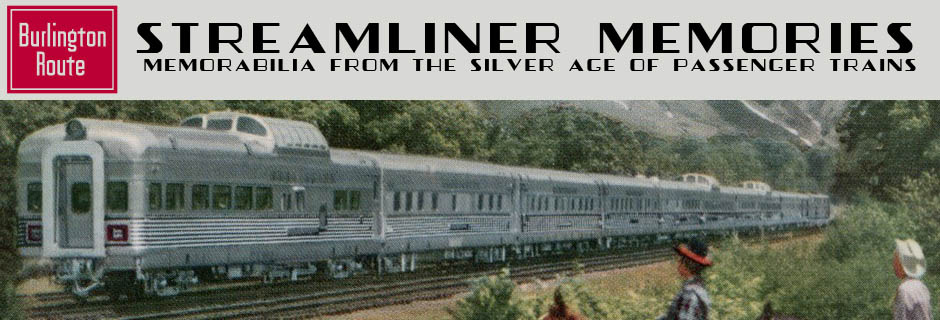
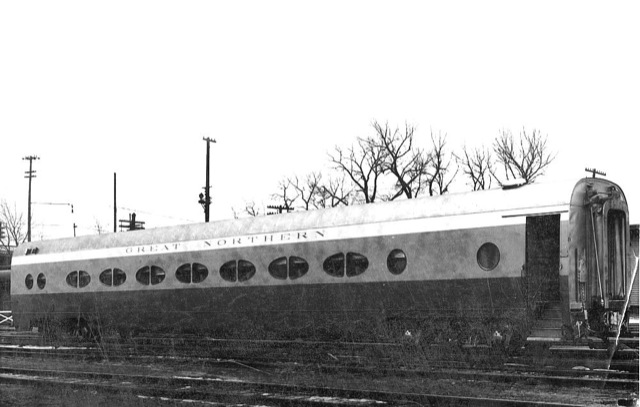
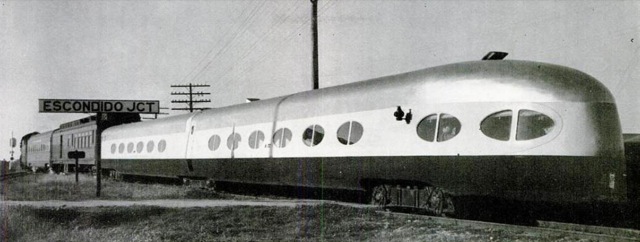
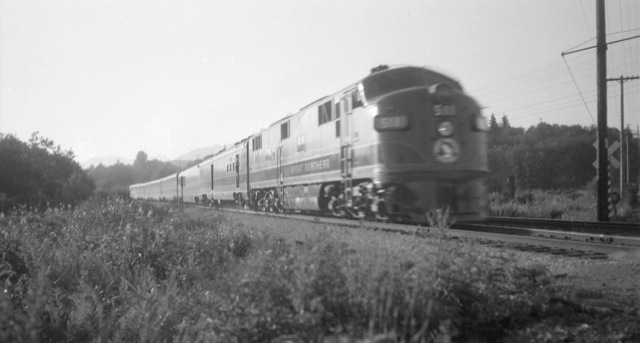
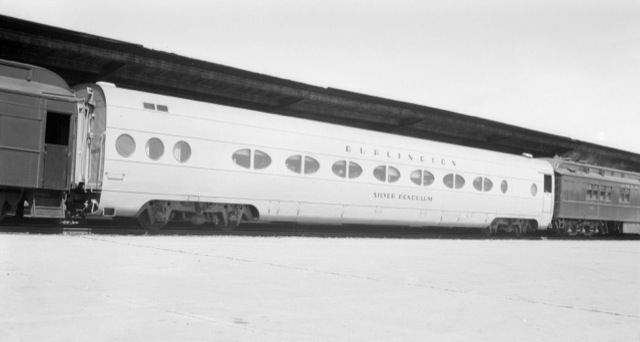
Sentence from above entry: I’m not sure whether the Pacific Railway Equipment Company failed or if it survived the war doing something else.
Answer: Company name changed to Preco. They made box car load dividers, refrigerator car portable heaters and wheel driven mechanical and alternator powered refrigerator car fans. See their ads in Simmons-Boardman Car Builders Cyclopedia 1957 and 1966. Mechanical refrigeration with onboard diesel/generator sets eliminated the need for the wheel powered fans and possibly Preco’s main market.